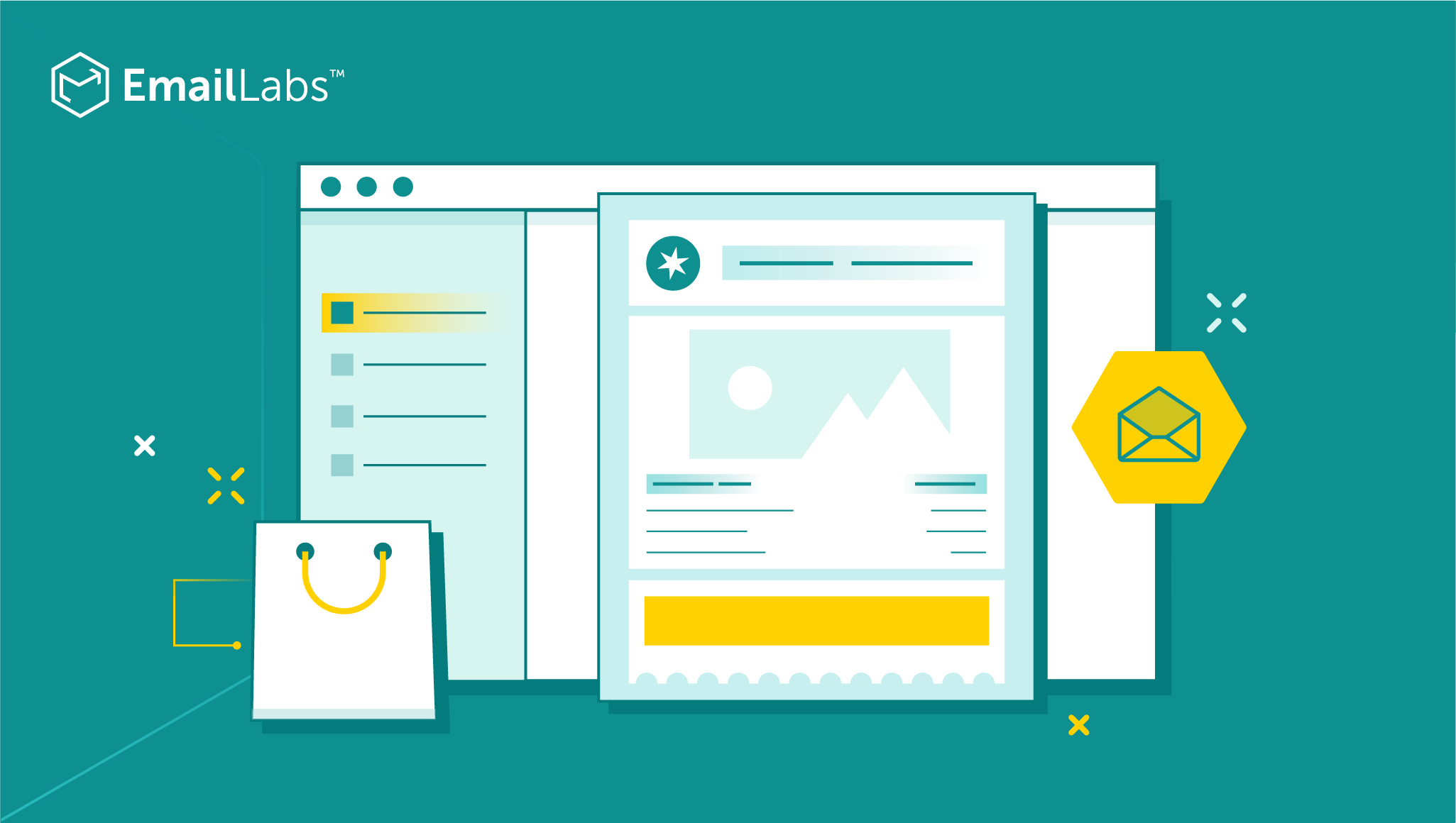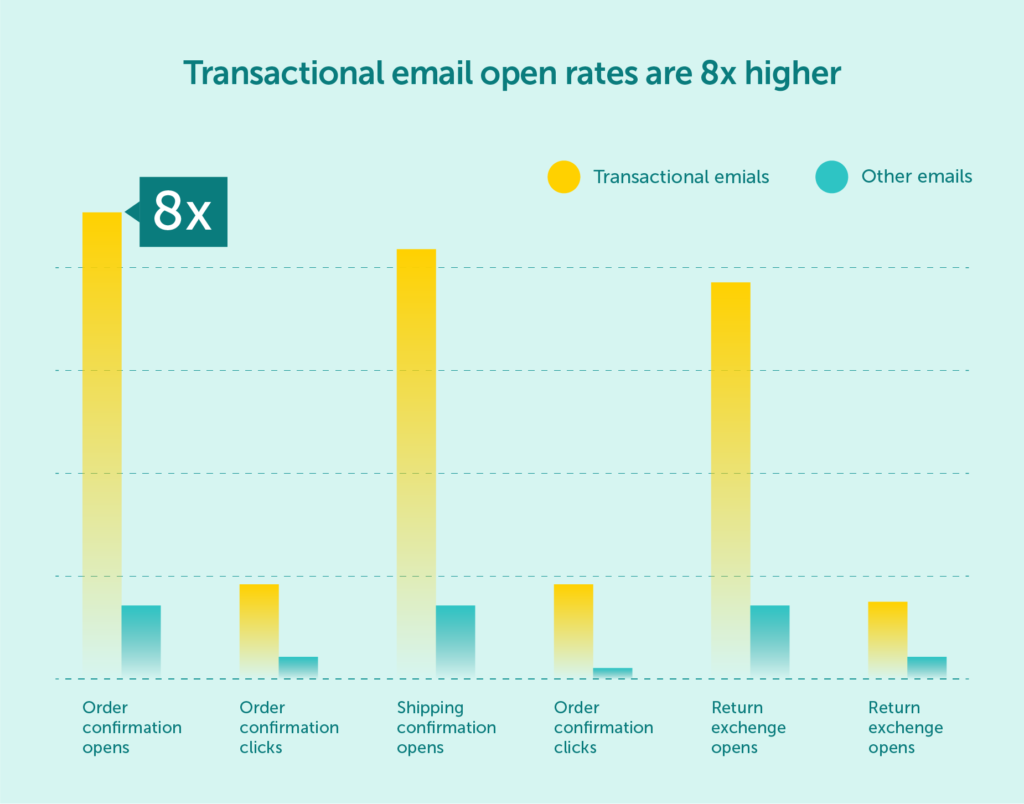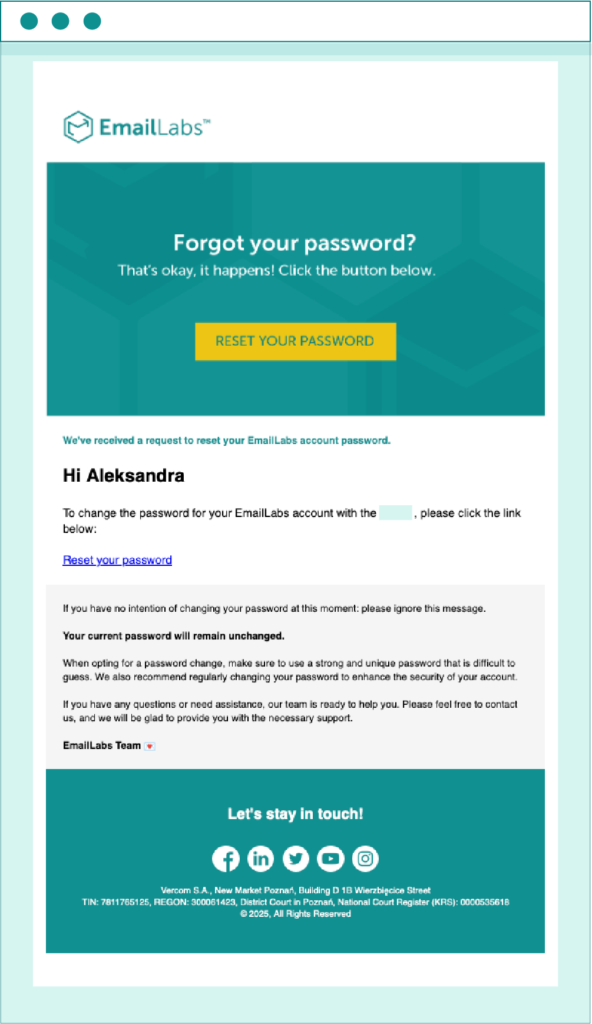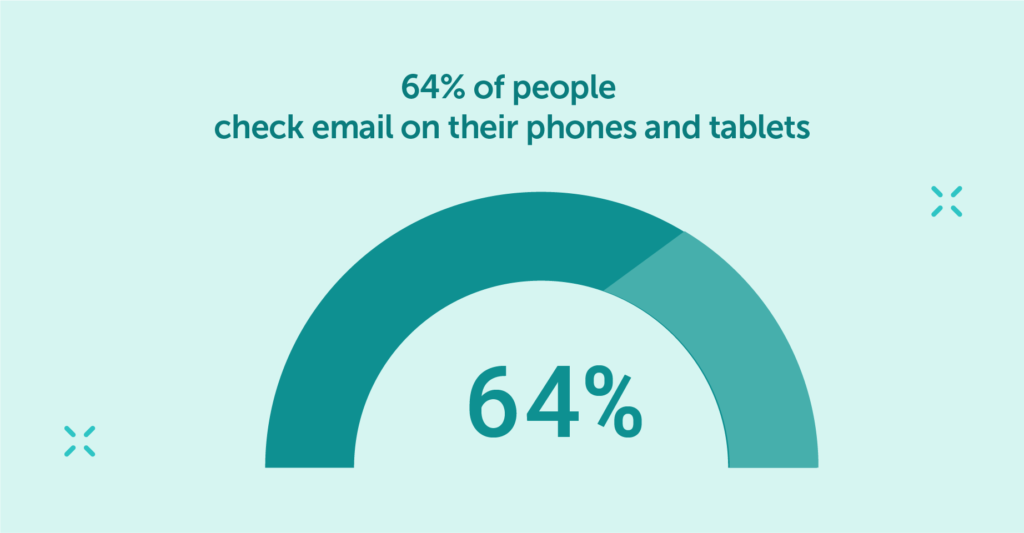Best practices, Deliverability, Marketing E-mails, Transactional Emails
Best practices, Deliverability, Marketing E-mails, Transactional Emails

Email powers modern business communication, but not all emails serve the same purpose.
The distinction between transactional and marketing emails goes beyond simple categorization — it affects everything from legal compliance to technical infrastructure and delivery priorities.
Think of transactional emails as the digital equivalent of a store receipt or a bank statement. When you withdraw money from an ATM, you expect a receipt. When you make an online purchase, you expect confirmation.
These aren’t marketing touchpoints — they’re essential records of completed actions.
Transactional emails work behind the scenes to keep digital services running smoothly. Every password reset, shipping update, or account security alert falls into this category.
They’re the emails that customers actively look for in their inboxes, often refreshing repeatedly until they arrive.

source: Campaign Monitor
The key to understanding transactional emails lies in their trigger mechanism.
Simply put, transactional emails are sent because a user did something that requires confirmation or response.

Password reset is one of the most popular types of transactional emails.
Transactional emails vary widely in their urgency and complexity. Understanding these variations helps in building appropriate systems to handle them.
| Email Category | Technical Considerations | Infrastructure Needs |
|---|---|---|
| Security Alerts | Requires instant delivery, fraud prevention systems | Dedicated high-priority sending infrastructure |
| Order Updates | Needs integration with inventory and shipping systems | Reliable queuing with status tracking |
| Account Notifications | Must handle a high volume of automated triggers | Scalable processing with duplicate prevention |
| System Alerts | Requires monitoring and threshold management | Integration with monitoring systems |
Marketing emails serve a fundamentally different purpose. Rather than responding to user actions, they aim to prompt them. It creates distinct challenges around timing, relevance, and recipient engagement.
Marketing emails exist within a complex ecosystem of customer data, campaign planning, and performance analytics. Success depends on understanding both the technical and psychological aspects of email communication.
The distinction between marketing and transactional emails isn’t just theoretical — it affects everything from server infrastructure to legal compliance.
Understanding these differences helps in building effective email systems that serve both purposes without compromise.
We recommend separating transactional and promotional email streams entirely. This isn’t just technical advice — it reflects fundamental differences in how these messages function:
The way content works in each type of email reveals deeper patterns about their roles:
| Aspect | Marketing Emails | Transactional Emails |
|---|---|---|
| Subject Lines | Focus on engagement | State the purpose |
| Content Structure | Narrative-driven | Information-first |
| Personalization | Based on preferences | Based on actions |
| Call to Action | Multiple options | Single clear path |
Maximize your email deliverability and security with EmailLabs!
The legal landscape treats these email types differently. While marketing emails require explicit opt-in and must include unsubscribe options, transactional emails operate under different rules because they’re essential to service delivery.
If you’ve been following our updates, you’re likely aware of the recent changes in email sender requirements introduced by major global providers like Gmail and Yahoo.
As of June 1, ISPs began enforcing another modification, this time targeting only marketing email senders. As of that date, implementing a one-click unsubscribe button, which allows users to easily opt out of marketing communications with a single click, has become mandatory.
Creating effective transactional email systems requires focusing on several key areas:
Marketing emails have evolved past simple promotional blasts. With the rise of more sophisticated platforms and user-focused approaches, modern email marketing now includes:
While transactional and marketing emails serve different purposes, they don’t have to exist in isolation. Smart businesses find ways to make these systems work together.
Here’s what you need to keep in mind when you decide on this approach:
Success in email communication requires understanding and implementing key practices for both systems. Here are a few guidelines:

source: Zero Bounce
Managing separate transactional and marketing email systems requires robust solutions and expertise. EmailLabs provides dedicated servers for both transactional and marketing emails, ensuring high deliverability through authorized infrastructure with local and international email providers.
We offer a comprehensive suite of features, including a swift 5-minute SMTP setup, real-time analytics, and expert support, empowering businesses to maintain a strong sender reputation. Additionally, our Email API allows for seamless integration and customization, enabling you to dynamically manage and deliver both critical transactional messages and impactful marketing campaigns with precision.
The difference between transactional and marketing emails is fundamental to how digital businesses communicate. Transactional emails keep systems running while marketing emails drive growth.
Ready to optimize your email infrastructure? Contact us today and start sending both transactional and marketing emails through EmailLabs’ dedicated servers!
We live in a world where your customers switch seamlessly between laptops, smartphones, and tablets. They navigate a complex digital ecosystem – checking emails, using mobile apps, and reacting...
We are delighted to announce that Vercom S.A., the company behind the EmailLabs project, has successfully completed the ISO 22301 certification process. This significant achievement underscores our commitment to...
EmailLabs, as part of the Vercom group, proudly announces its full commitment to aligning its ICT services with the latest cybersecurity standards. In response to dynamically changing regulations, the...
We are pleased to announce that MessageFlow, a product from the Vercom S.A. group, has received the prestigious CSA (Certified Senders Alliance) Certification. This recognition not only underscores the...
IT & Tech, Pytania i odpowiedzi, Technical
When an email travels from sender to recipient, it passes through several critical components of email infrastructure. At the heart of this journey sits the Mail Transfer Agent (MTA)...
Best practices, Deliverability, Google and Yahoo's Requirements, Pytania i odpowiedzi
The world of email marketing is constantly evolving, and leading mail service providers – Gmail, Yahoo, Microsoft, and Apple – regularly update their guidelines for senders. In recent years,...
Gmail, Google and Yahoo's Requirements
You might have noticed a new item in your Gmail sidebar recently – the “Manage subscriptions” tab, often flagged with a blue notification dot. While Google announced this feature...
IT & Tech, Pytania i odpowiedzi, Technical
When an email travels from sender to recipient, it passes through several critical components of email infrastructure. At the heart of this journey sits the Mail Transfer Agent (MTA)...
Best practices, Deliverability, Google and Yahoo's Requirements, Pytania i odpowiedzi
The world of email marketing is constantly evolving, and leading mail service providers – Gmail, Yahoo, Microsoft, and Apple – regularly update their guidelines for senders. In recent years,...
Gmail, Google and Yahoo's Requirements
You might have noticed a new item in your Gmail sidebar recently – the “Manage subscriptions” tab, often flagged with a blue notification dot. While Google announced this feature...
IT & Tech, Pytania i odpowiedzi, Technical
Efficient email communication isn’t just about sending messages — it also involves integrating email functionality into your business systems and applications. Email APIs (Application Programming Interfaces) serve as the...
One of the most important yet often underestimated elements in shaping a company’s brand perception is the transactional email. In e-commerce, the design of such messages must be carefully...
Google and Yahoo's Requirements, Yahoogle
2024 brought fundamental changes to email marketing, introducing new, stringent requirements for senders. Since February 1, 2024, Google and Yahoo have started enforcing new deliverability rules, primarily targeting bulk...
We live in a world where your customers switch seamlessly between laptops, smartphones, and tablets. They navigate a complex digital ecosystem – checking emails, using mobile apps, and reacting...
Are your campaigns not engaging all recipients as you expect? Do they fail to open your emails or click on links, lowering your campaign effectiveness and email marketing ROI?...
Gmail, Google and Yahoo's Requirements, Updates
Gmail’s educational phase has ended. Google has officially announced the start of a new phase – the Gmail Enforcement Phase – which begins to take effect in November 2025....